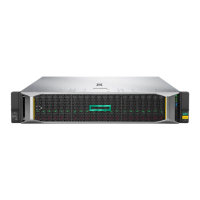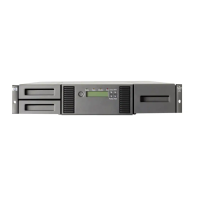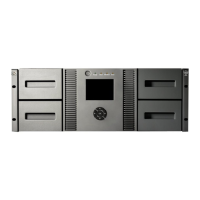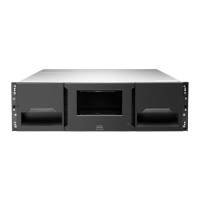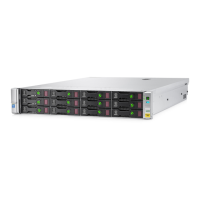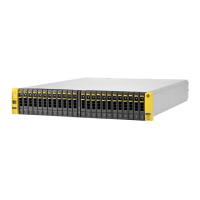Table 4 Known issues (continued)
ResolutionIssue
3. Temporarily mount the volumes that are not assigned drive letters.
4. Locate the recorded list of mount points and remount the temporarily mounted
volumes to the correct locations according to the record.
The license key is included as a hard-copy document when you first received your
storage system. You can also locate the license key in the quick restore log file
After replacing or upgrading the
SmartArray controller in your
(qrlog.txt), which is located in C:\Windows\logs. You should keep thestorage system, the following
message may be displayed:
The SmartArray controller
that supports the
license key in a safe place and make a copy of the qrlog.txt file so the license
key is easily available when needed. To install the license key, see “Installing a
license key with ACU” in the Configuring Arrays on HP Smart Array Controllers
Reference Guide which can be downloaded from the following website:
http://h20000.www2.hp.com/bc/docs/support/SupportManual/c00729544/
c00729544.pdf
operating system drive is
not licensed for RAID6.
Please refer to the
Administrator Guide for
more information.
For the 1530, only one SmartArray controller can be installed. For systems
manufactured prior to June 23, 2013, the P222 SmartArray Controller is installed
If you attempt to add another
SmartArray controller to one of the
in slot 2 (see callout 4 in Figure 7 (page 10)). For systems manufactured afterslots in the 1530, the following
June 23, 2013, the P222 SmartArray Controller is installed in slot 3 (see calloutmessage may display during boot
up:
Unsupported Option Card
Configuration
3 in Figure 7 (page 10)). For more information about the issue with slot 2, see
the customer advisory, HP StoreEasy 1530 Storage – The HP P222 Smart Array
controller must be moved from PCI slot 2 to PCI slot 3.
You can safely continue and log in. Once logged in, see the Local Server
Certificate topic in the System Management Homepage online help to set up a
trusted certificate.
When starting the System
Management Homepage, you may
see a message that there is an error
with the security certificate.
When using the Array Configuration Utility (ACU) to make storage configuration
changes, the changes may not be displayed in Windows Server Manager,
StoreEasy Pool Manager, or the Server Manager API.
To resolve this issue, perform the following steps before using one of these tools
after making changes from the ACU:
Storage topology not displayed
properly in other tools after making
changes using the ACU.
1. Close the ACU after making the changes.
2. Update the storage cache using one of the following methods:
• Select Rediscover Storage from the HP StoreEasy desktop folder icon.
• Open Windows Server Manager and select Tools→HP
StoreEasy→Rediscover Storage.
• Open PowerShell and run Update-StorageProviderCache.
After extending a virtual disk, the New Volume option (visible when you right-click
the virtual disk) is disabled in Windows Server Manager. This can occur if the
The New Volume option is not
enabled after extending a virtual
disk. space on the virtual disk was fully utilized (the Capacity and Allocated Space
columns display the same value) before extending the virtual disk. To enable the
New Volume option, do one of the following:
• In Disk Management, select Rescan Disks.
• From the HP StoreEasy folder on the desktop, select Rediscover Storage.
• Open a Windows PowerShell command prompt and execute the
Update-StorageProviderCache command.
When viewing details about storage pools on the Storage Pools window in the
Windows Server Manager, the Status column is always blank. However, you can
Status column on Storage Pools
window in Windows Server
Manager is blank. view the health status and operational status. Health status is indicated by the
icon to the left of the Name column. Operational status is a separate column. You
can hide the Status column by right-clicking the column name and selecting Status,
which removes Status from the list of column headings that display.
82 Troubleshooting, servicing, and maintenance
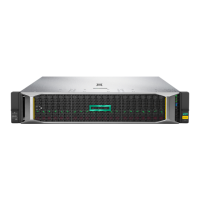
